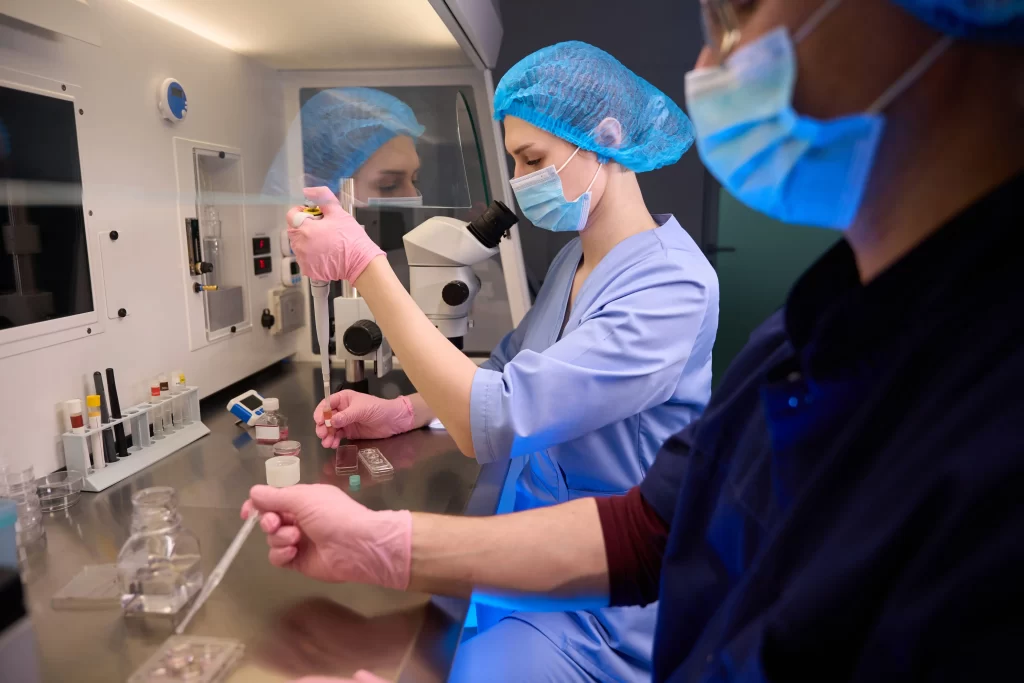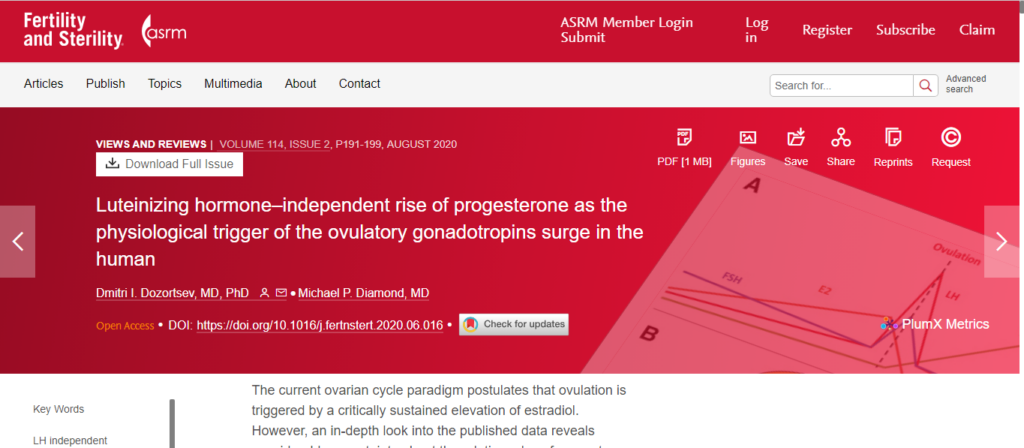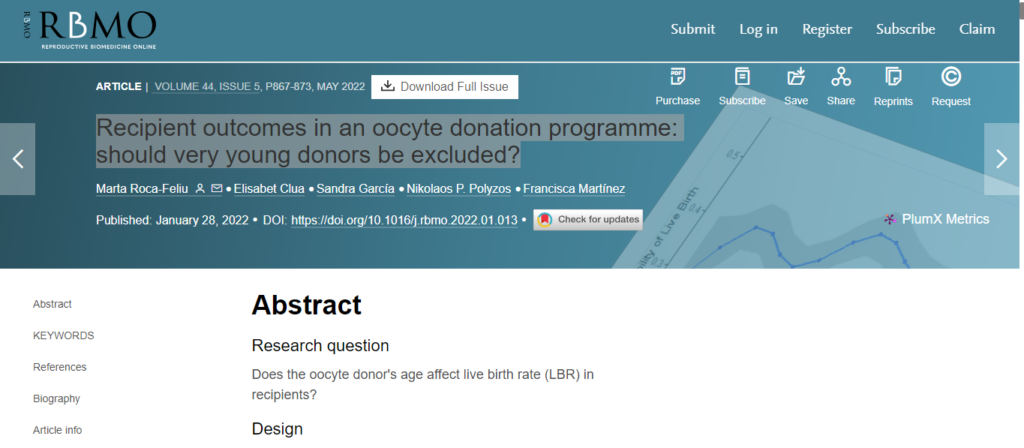Elective Single Embryo Transfer (eSET) in Texas
Elective Single Embryo Transfer (eSET) at Advanced Fertility Center of Texas in Houston, Spring, and College Station is a groundbreaking approach in assisted reproductive technology that aims to achieve successful pregnancies while reducing the risks associated with multiple births. This method involves transferring only one high-quality embryo during an in vitro fertilization (IVF) cycle.
eSET offers a balanced approach to IVF at Advanced Fertility Center of Texas, providing excellent pregnancy rates while prioritizing the health and safety of both mother and baby. As techniques in embryo selection and preservation continue to advance, eSET is becoming an increasingly attractive option for many patients undergoing fertility treatment across Texas and out of state.
Benefits of eSET at Advanced Fertility Center of Texas
Reduced Multiple Pregnancy Risk
eSET significantly lowers the chance of multiple pregnancies, which account for about 30% of IVF pregnancies in the United States. By transferring a single embryo, the risk of twins, triplets, or higher-order multiples is dramatically reduced.
Improved Health Outcomes
Single embryo transfers lead to healthier pregnancies and babies. Multiple pregnancies often result in complications for both mother and infants, including premature birth, low birth weight, and increased risk of developmental issues.
Cost-Effectiveness
While it may seem counterintuitive, eSET can be more cost-effective in the long run. The reduced risk of multiple births leads to fewer complications and lower healthcare costs associated with high-risk pregnancies and premature births.
Preserved Future Opportunities
If an eSET cycle doesn’t result in pregnancy, patients have the opportunity to try again in subsequent cycles, often using frozen embryos from the initial retrieval.
Who Is a Good Candidate for eSET?
The American Society for Reproductive Medicine (ASRM) and Society for Assisted Reproductive Technology (SART) provide guidelines for eSET candidacy. Ideal candidates typically include:
- Women under 35 years old
- Patients with multiple high-quality embryos
- Those with previous IVF success
- Individuals with specific uterine or cervical factors that increase risks with multiple gestations

Techniques Enhancing eSET Success at Advanced Fertility Center of Texas
Extended Embryo Culture
Culturing embryos to the blastocyst stage (day 5 or 6) allows for better selection of viable embryos. High-quality blastocysts can have implantation rates as high as 50%.
Preimplantation Genetic Testing (PGT)
PGT, also known as PGS (Preimplantation Genetic Screening) and CCS (Comprehensive Chromosome Screening) can identify chromosomally normal embryos, further improving the chances of successful pregnancy with single embryo transfer.



